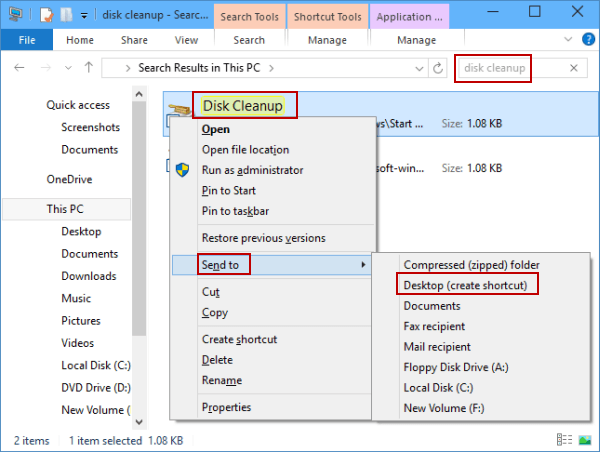

Clean up system restore and shadow copiesīack in the “More Options” screen, look for the “System Restore and Shadow Copies” heading and click “Clean up…”.ĭeleting your system restore points will still keep the latest one should you need to revert anything.You can now uninstall the programs you use the least by clicking on them and pressing “Uninstall” in the top bar. Switch to the “More Options” tab and click on “Clean up…”. Tick “Downloaded Program Files” and “Temporary Internet Files”.In the Start Menu, type “Disk Cleanup”, click the first result, and then the “ Run as administrator” option. RegClean Pro’s simple and easy to use interface is well suited for both novice and advanced users.
#Windows disk clean pro pro#
If no PID.txt file, then Windows setup will look for a product key stored in BIOS/UEFI. RegClean Pro is an advanced registry cleaning tool that helps clean invalid registry entries and also repairs and optimizes Windows registry to reduce chances of a system crash.
#Windows disk clean pro windows 10#
You can open the regular Windows 10 Disk Cleanup via the Run dialog, or proceed to the second heading for advanced disk cleanup.
#Windows disk clean pro how to#
How to Run and Use Windows 10 Disk Cleanup in standard / classic mode Windows error reports and feedback diagnosticsĪfter cleaning up, you might also want to enable system compression, which can make your windows binaries and program files smaller.If you start Windows 10 disk cleanup in advanced mode you can select to delete the following filetypes from your hard disk:

If you start Windows 10 disk cleanup in classic mode you can select to delete the following filetypes from your hard disk: The most savings are often found by deleting previous Windows installations and files left in the recycle bin, but it also looks for temporary internet files, thumbnails, error reports, and more. Running Disk Cleanup in Windows 10 can free up space by deleting files that you don’t need. Though it isn’t displayed prominently in the settings app, you can find it quite easily in Control Panel or via the Start Menu. This leads many to wonder where disk clean up is in Windows 10. Unfortunately, low disk space notifications don’t tend to direct you to this tool, instead taking you to Windows storage settings. Because of this, Microsoft has created the Windows 10 disk cleanup tool, which you can utilize to free up space on your C: drive or any other drive. All too often, temporary files and deleted items can build up, getting your drive so clogged that it can affect performance.

It’s smart to buy a small SSD to run your OS, but this can lead to its own problems.


 0 kommentar(er)
0 kommentar(er)
